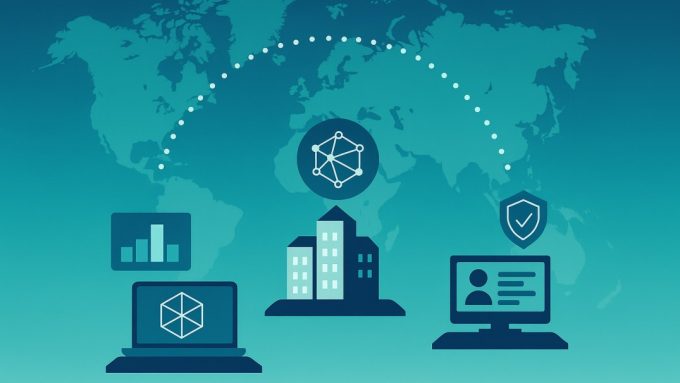Context:
DT Hub activities focus on a set of thematic areas (themes) that are based on shared opportunities and challenges for members. These themes are areas where collaboration can help members to gain greater understanding and make progress towards realising the potential benefits of digital twins.
The first theme is called “Testing digital twin concepts”. The focus is on:
Helping DT Hub members increase common understanding of digital twin definitions and concepts, then test and refine this thinking in specific use cases and projects where there is potential to deliver significant value
Why start with this theme? Each of the members we spoke to felt that it is difficult to systematically plan and progress digital twins without a clear understanding of what digital twins are, when something is classified as a digital twin, and what are the key concepts or building blocks that lie behind these twins.
In other words, discussing digital twin concepts and definitions is a “foundational” activity that is needed to underpin future activities. Moreover, it is difficult to think about making digital twins more connected and interoperable, as stepping-stones towards a national digital twin, if the approach to each twin is inconsistent.
Scope:
This theme will build on work being done through the NDT Programme, including the Gemini Principles, and feed back ideas and recommendations based on real-world experience from members and from the wider market.
There are other reasons why this work is needed. As with other major technology developments, from the internet of things to AI, a growing range of players will claim to have tech solutions for digital twins. There is a risk here of “twinwash”. If every sharp-looking 3D visualization is labelled as a “digital twin”, regardless of whether or not it bears any relation to real-world physical assets, this can create confusion and risks devaluing “real” twins.
Tackling this theme can help digital twin owners start to address questions like:
- What makes my digital twin a twin?
- What types of areas (e.g. related to data, models, analytics, control systems etc) do I need to consider in creating digital twin strategies and planning for individual digital twin projects?
- What can I learn from the approaches taken by others to defining and scoping digital twins -including how this relates to specific use cases?
- How do I relate and connect multiple digital twins within my organization?
- How does my twin (and the approach I’m taking to it) relate to other third-party twins? For example, how will a water pipeline twin connect with a highways or city twin?
Related to the first bullet above, at least some DT Hub members would like to see the creation of a “Turing test for twins”. In other words, to have an agreed set of criteria established as the minimum threshold for a twin to be considered a twin. At the same time, there is also a desire for flexibility – the scope of twins will vary according to the intended purpose and specific use case. For example, not all twins will involve real-time control and actuation.
Objectives:
The main objectives for this theme are then to:
- Provide insights on “good” approaches to describe and classify digital twins and their constituent elements – building on the Gemini Principles
- Understand (from examples) how other industries have advanced their digital twin journeys
- Apply this thinking to specific use cases in existing or planned founding member digital twins in areas where there is the potential to deliver significant value
- Help DT Hub members to achieve greater consistency across their organizations and with supply chains and partners
- Develop an intuitive “test” for what constitutes a digital twin
- Feedback learnings into the evolution of the “Commons” and the Gemini Principles
Activities
We’ve already started on the first set of activities for this theme and created some content for you to dive into including:
- A Webinar to start to relate this to the Gemini principles and to identify some initial use case priorities
- Research into interesting examples from other industries of approaches to defining and developing twins
- Creation of blog-style “conversation starters” (for example insights from aerospace and manufacturing as well as thoughts on approaches to defining twins) as well as links to interesting external sources based on this research. We are adding these to a dedicated space for theme 1
What next?
There are still plenty of opportunities for you to get involved, including activities to flesh out this theme. This includes an online “jam” – a virtual event that we’ll host on the DT Hub, dates to be confirmed.
We want this theme to be driven by member’s views and priorities, so it would be great if you would like to comment on this post including on:
- Existing initiatives that could feed into this work
- Use cases that we should prioritise to test emerging thinking on digital twin concepts
- Specific digital twin projects you are be working on
- Your views that on what makes a digital twin a twin



Leave a comment